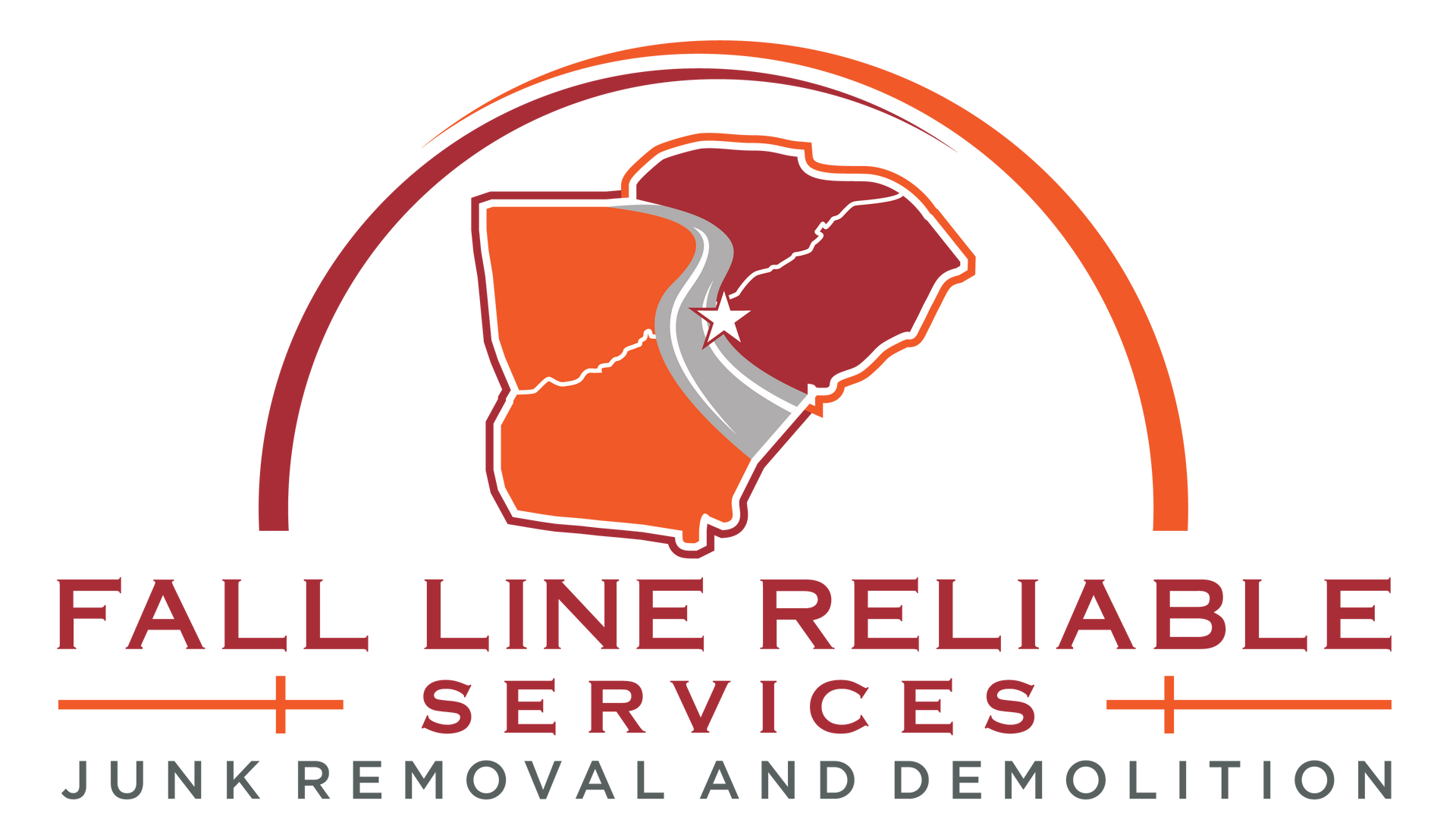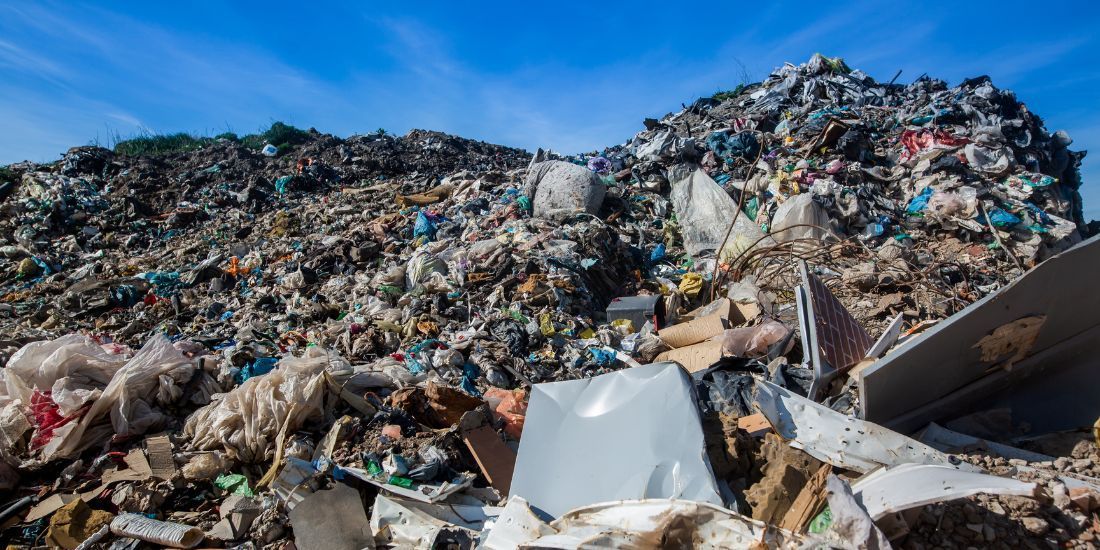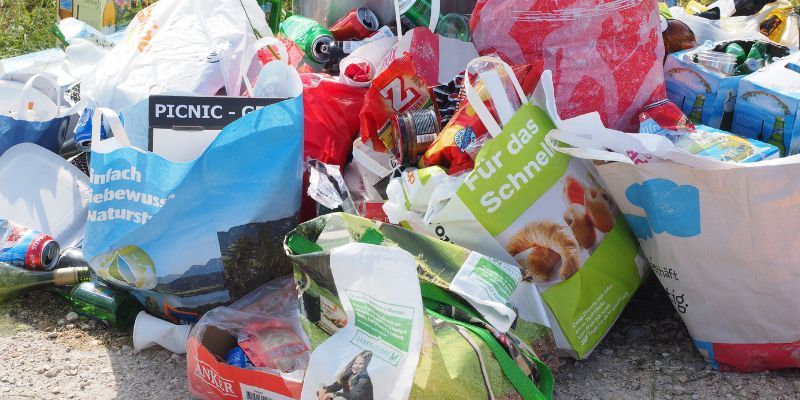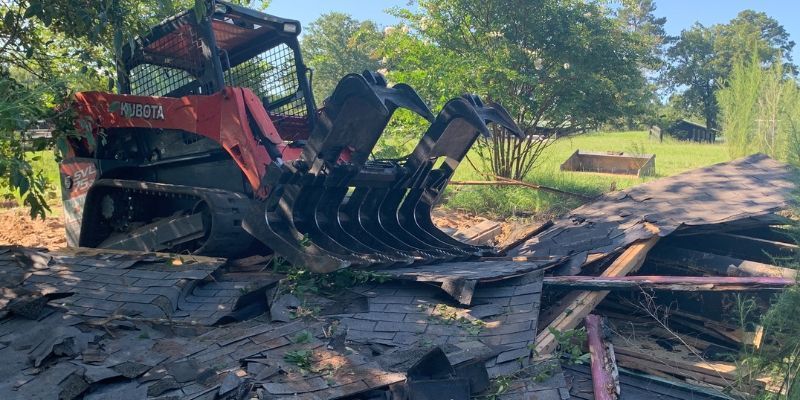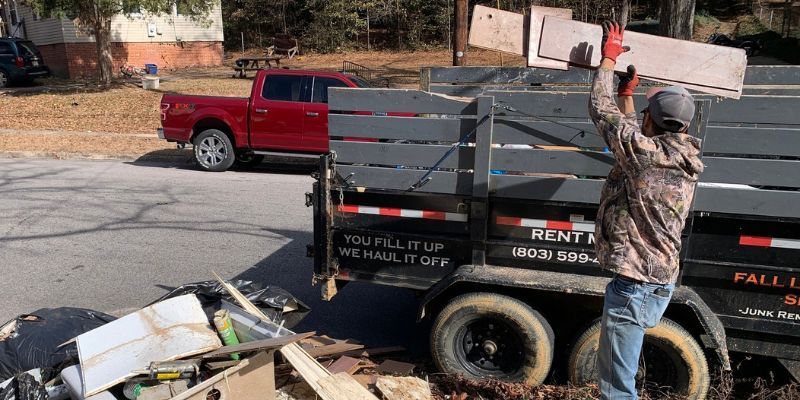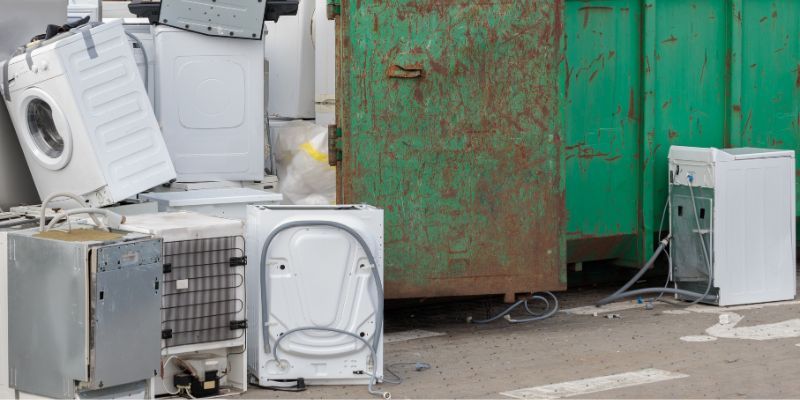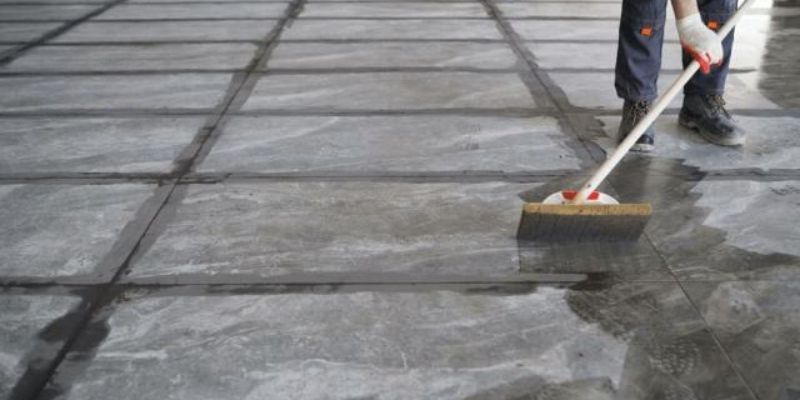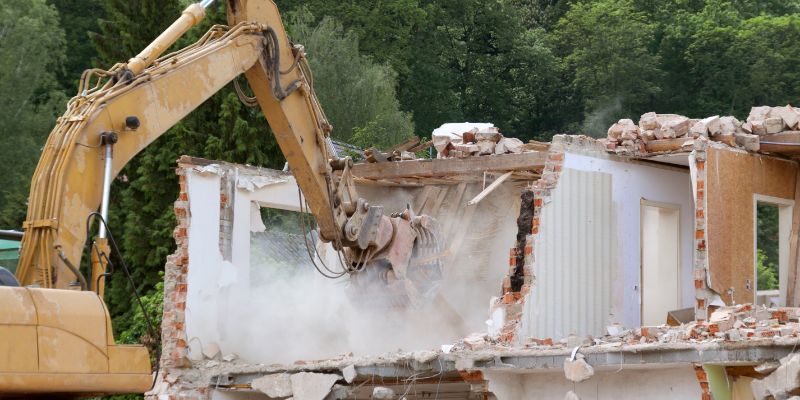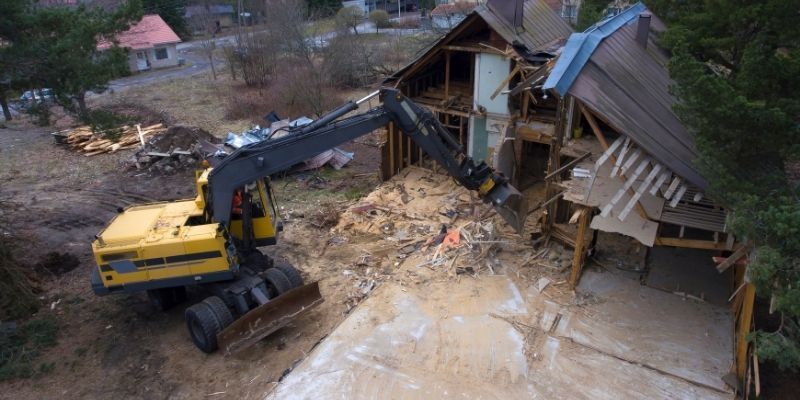Veteran-Owned and Operated Junk Removal Company Serving Augusta, Aiken, and the CSRA
What Is Light Demolition, Cost And Benefits?
Fall Line Reliable Services
February 27, 2022
Welcome to the light demolition guide, your go-to resource for all things related to demolishing small structures.
Whether you are a DIY enthusiast looking to make changes in your home or a professional light demolition contractor working on a project, light demolition may seem simple but still requires proper planning and safety precautions.
It is essential to carefully assess the structure and materials being removed to ensure they can be taken down safely without causing damage to surrounding areas.
The cost of light demolition can vary depending on the size and complexity of the project. Generally, it is less expensive than traditional demolition methods.
This guide will provide valuable information and tips for safely and effectively demolishing light structures.
What Is Light Demolition?
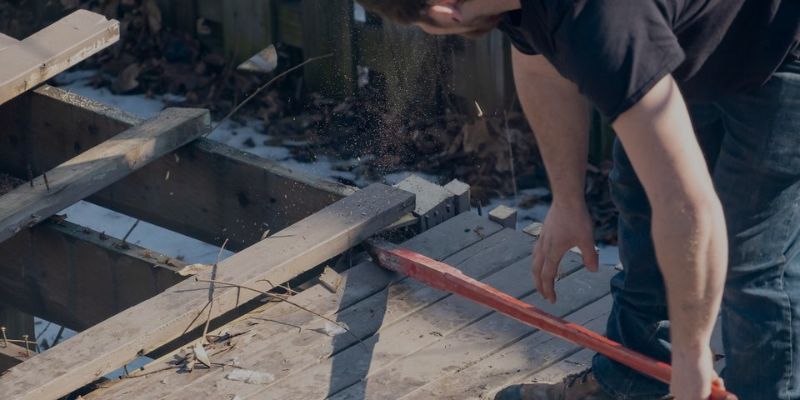
Light demolition refers to removing or dismantling small or thin structures, such as walls, ceilings, floors, and fixtures. It is usually done with hand tools and does not involve heavy machinery.
Light demolition projects are typically carried out in residential demolition or commercial demolition in buildings, where space is limited and traditional demolition methods may not be feasible.
Some examples of light demolition projects we can handle include removing fencing, decks, and porches, shed demolition, hot tubs, children's playsets, retaining walls, walkways, and patios.
Light demolition may also be needed for renovation or remodeling projects before new construction can begin.
Types Of Light Demolition
- Interior demolition
- Partial demolition
- Soft demolition
- Hand demolition
- Selective demolition
- Strip-Out demolition
What Things Must Be Planned For The Light Demolition?
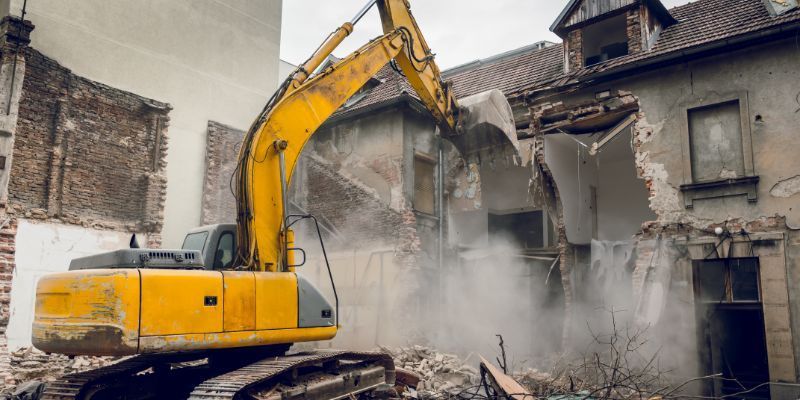
Before beginning any light demolition project, planning and preparing carefully is essential. This will ensure the project is completed safely, efficiently, and within budget.
Here are some key things that need to be planned before starting a light demolition job.
1. Scope Of Work
The first step in planning for a light demolition is determining the work scope. This includes identifying which specific areas or structures need demolishing services and what materials will be involved.
2. Safety Precautions
Demolition work can be dangerous if proper safety measures are not taken. Before starting the project, assessing potential hazards and developing a mitigation plan is crucial. This may involve wearing protective gear, securing the area, and ensuring proper ventilation.
3. Tools And Equipment
Depending on the scope of work, different tools and equipment may be needed for the demolition. This could include sledgehammers, jackhammers, saws, and heavy machinery. Having all the necessary tools on site before beginning the project is essential.
4. Waste Disposal Plan
Demolition produces significant waste material that must be correctly disposed of. A waste disposal plan should be developed beforehand to remove all debris safely.
5. Site Protection
To prevent damage to surrounding structures or buildings, it is essential to protect them during demolition. This could involve using barriers or covers to shield them from falling debris.
6. Permits And Approvals
Before starting any demolition project or shed demolition, obtaining all necessary permits and approvals from local authorities is essential. Please do so to avoid legal consequences and delays in the project.
7. Environmental Considerations
Demolition projects can significantly impact the environment, so taking necessary precautions to minimize this impact is essential. This could involve adequately disposing of hazardous materials and following noise and air pollution control regulations.
8. Salvaging Materials
Before demolishing a structure, consider salvaging any valuable materials that can be reused or recycled. This can reduce waste and save money in the long run.
9. Post-Demolition Site Cleanup
Once the structure has been demolished, properly preparing the site for new construction is vital. This may involve removing debris, grading the land, and ensuring the area is safe for future use.
Light demolition typically involves the removal of non-load-bearing structures or interior components of a building.
This can include.
- Drywall
- Cabinetry
- Carpeting
- Plumbing fixtures
Other non-structural elements like windows, doors, and trim may also be part of the demolition process.
‘
Light demolition aims to prepare a space for further construction or remodeling while minimizing damage to the overall structure. It requires precision and expertise to carefully remove specific elements without compromising the stability of the remaining building components.
What Is The Cost Of Light Demolition?
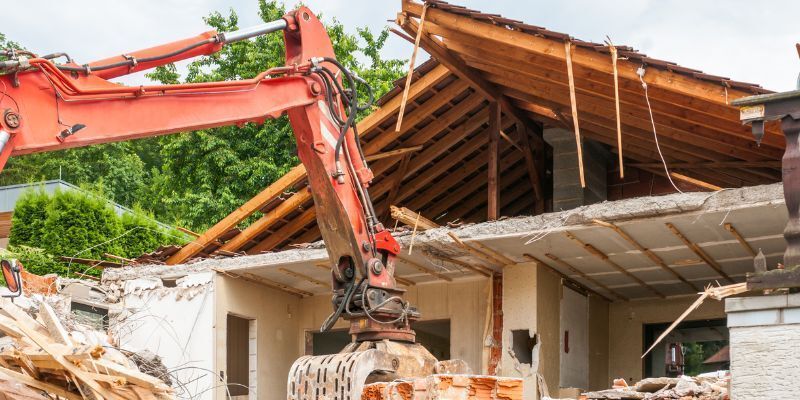
The light demolition cost can vary depending on the specific project and its requirements. Factors that may affect the cost include:
- The size and complexity of the space.
- Type of materials being removed.
- Any potential hazards or obstacles present.
Typically, light demolition is priced by square footage or hourly rates for labor. On average, homeowners can expect to pay between $500 to $2,000 for small-scale projects like kitchen or bathroom remodels.
For larger projects, such as removing an entire room or section of a building, costs can range from $3,000 to $10,000 or more.
It's important to note that additional costs may be incurred if any hazardous materials are involved in the demolition process.
These can include asbestos removal or lead paint abatement, which require specialized equipment and training.
Benefits Of Light Demolition
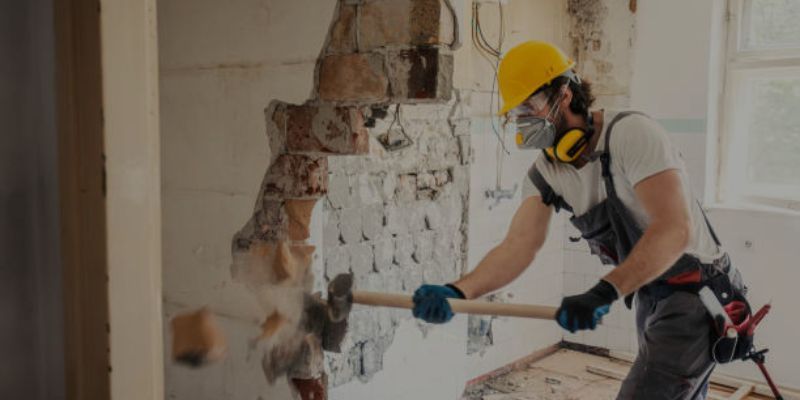
Cost-Effective
Light demolition can be cost-effective for homeowners, as it typically involves less complex and time-consuming work than full-scale demolition.
Flexibility And Customization Options
Light demolition allows for more flexibility and customization options, as it is easier to make changes or modifications during the process than full-scale demolition.
Increased Safety
Light demolition techniques prioritize safety for workers, occupants, and the surrounding environment.
By using precision tools and methods, the risk of accidents, injuries, and property damage is significantly reduced compared to more aggressive demolition methods.
Preservation Of Valuable Materials
Light demolition focuses on selectively removing specific structure elements while preserving valuable materials for reuse or recycling.
This approach reduces waste and contributes to sustainability efforts by minimizing the amount of debris sent to landfills.
Reduced Environmental Impact
By focusing on selective dismantling and recycling of materials, light demolition helps reduce the environmental impact of traditional demolition methods.
It promotes resource conservation, reduces energy consumption, and minimizes carbon emissions associated with waste disposal.
Conclusion
Embarking on a light demolition project can be rewarding but challenging. By following the comprehensive guide provided, you can navigate this process with confidence and efficiency. Safety should always be the top priority, so adhere to all safety precautions and regulations.
If you need professional assistance or equipment for your light demolition project, Fall Line Reliable Services in Augusta can offer invaluable support.
Whether it's expert guidance, specialized tools, or hands-on assistance, their team is equipped to ensure your project's success. Contact Fall Line Reliable at 803-599-4329 to learn more about how they can assist you in achieving your demolition goals.
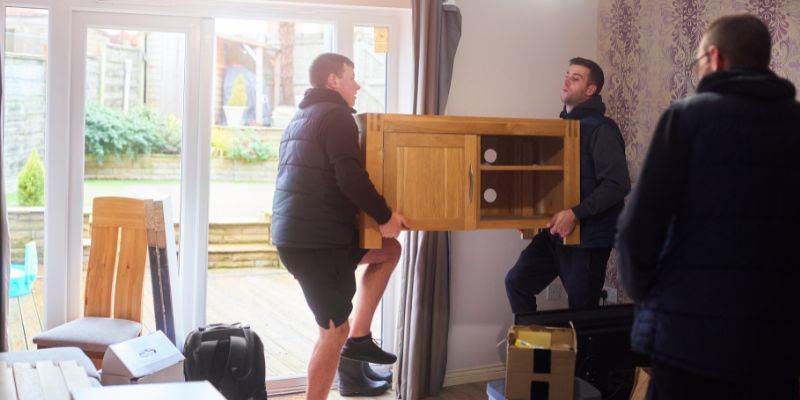
Serving Augusta, Hephzibah, Fort Gordon, Martinez, Evans, Grovetown, Harlem, North Augusta, Belvedere, Graniteville, Aiken, Edgefield, Johnston, Trenton, Richmond County, Columbia County, Aiken County and Edgefield County.
All Rights Reserved | Fall Line Reliable | Website Designed by Blue Crocus Solutions
